I’m sharing my personal experience with the fasting mimicking diet (FMD). I’ll break down how it works, the science behind it, and whether it’s worth trying. I’ve been talking about fasting since 2014, but one of the few researchers exploring fasting at the time was Dr. Longo in California. He discovered that fasting triggers beneficial repair processes in the body, but fasting for five days can be tough. That’s where the fasting mimicking diet comes in — it allows you to eat small amounts of specially designed foods while still keeping your body in a fasting state.
What You’ll Learn in This Video:






I’ve done water fasts before, and they’re not easy — especially on days 3 and 4. But the FMD made it much more manageable since you’re still eating a bit of food. Plus, it’s less stressful and more socially convenient when eating with family. I’ll also walk you through exactly what’s included in the FMD kit — from soups and bars to teas and vitamins — and share my thoughts on the taste and overall experience. If you’re curious about fasting or looking for an easier way to experience the benefits of fasting, this video is for you!

00:00 – Intro
00:20 – Fasting Mimicking Diet
01:27 – How can a 5 day fast be made easier?
03:38 – Why Mimic Fasting? Why not just Fast?
05:52 – Extended fast on FMD: less food ‘obsession’
06:55 – Disadvantage (Fasting Mimicking Diet)
7:53 – Prolon (Promoting health and longevity)
08:28 – 5-day program (Prolon)

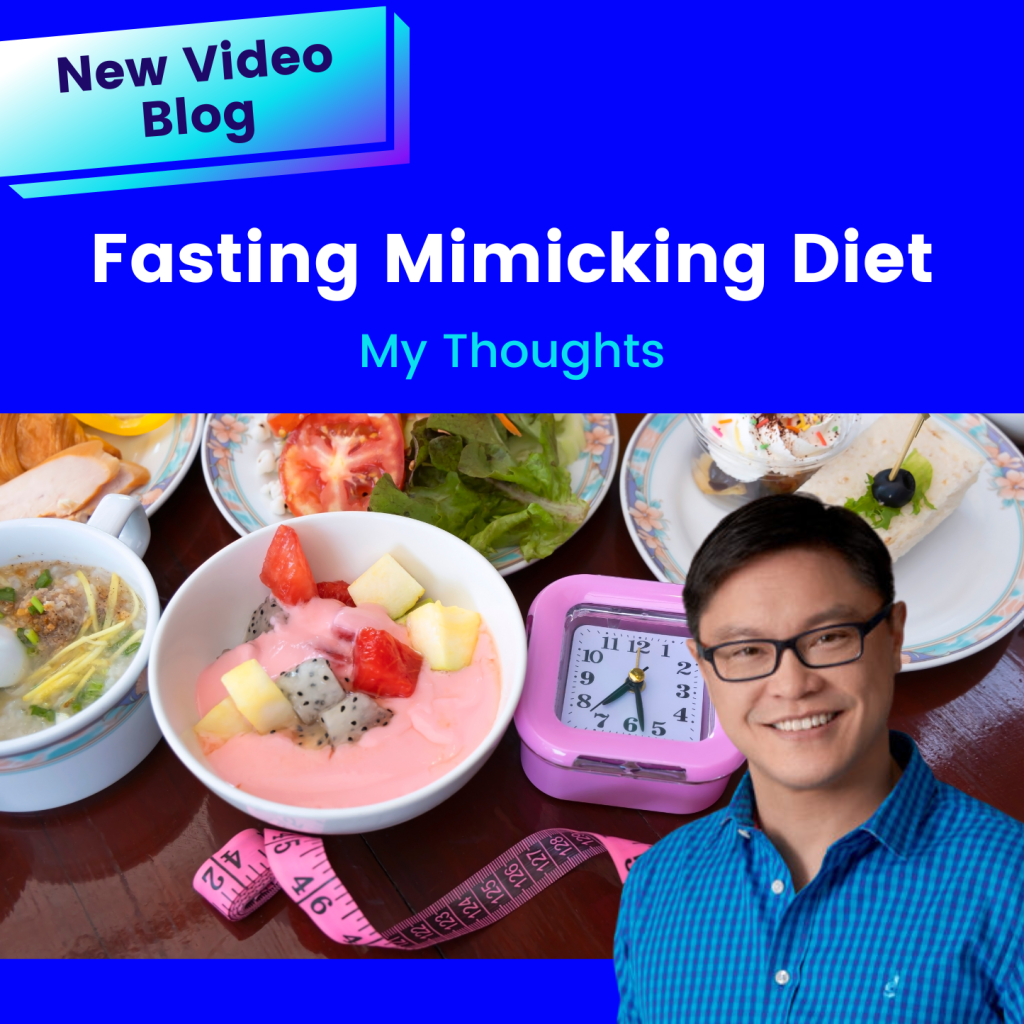

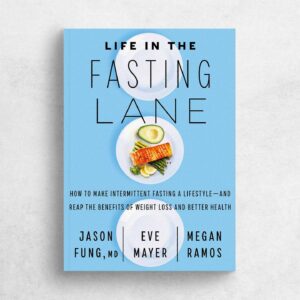
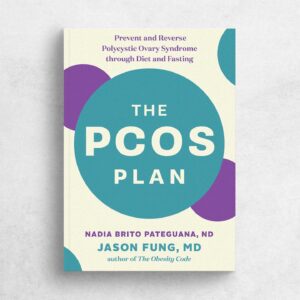
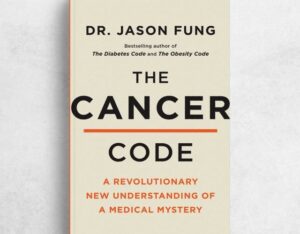
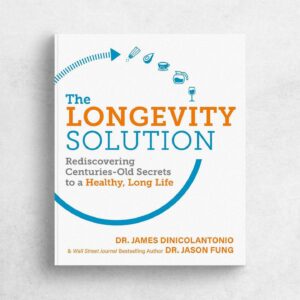
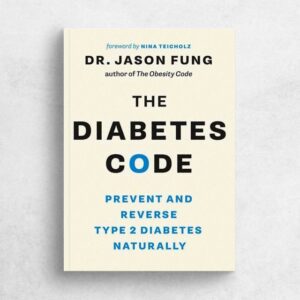
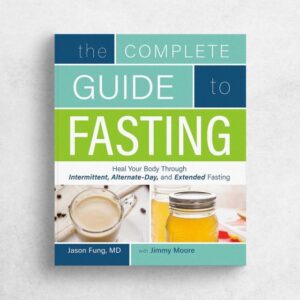
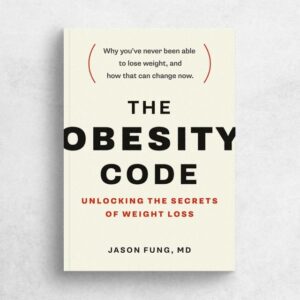
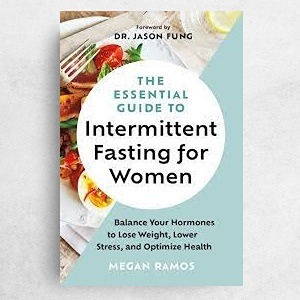
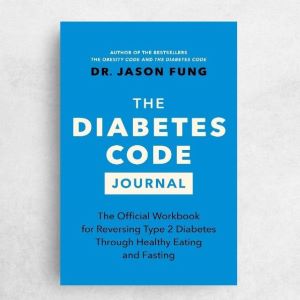
Responses